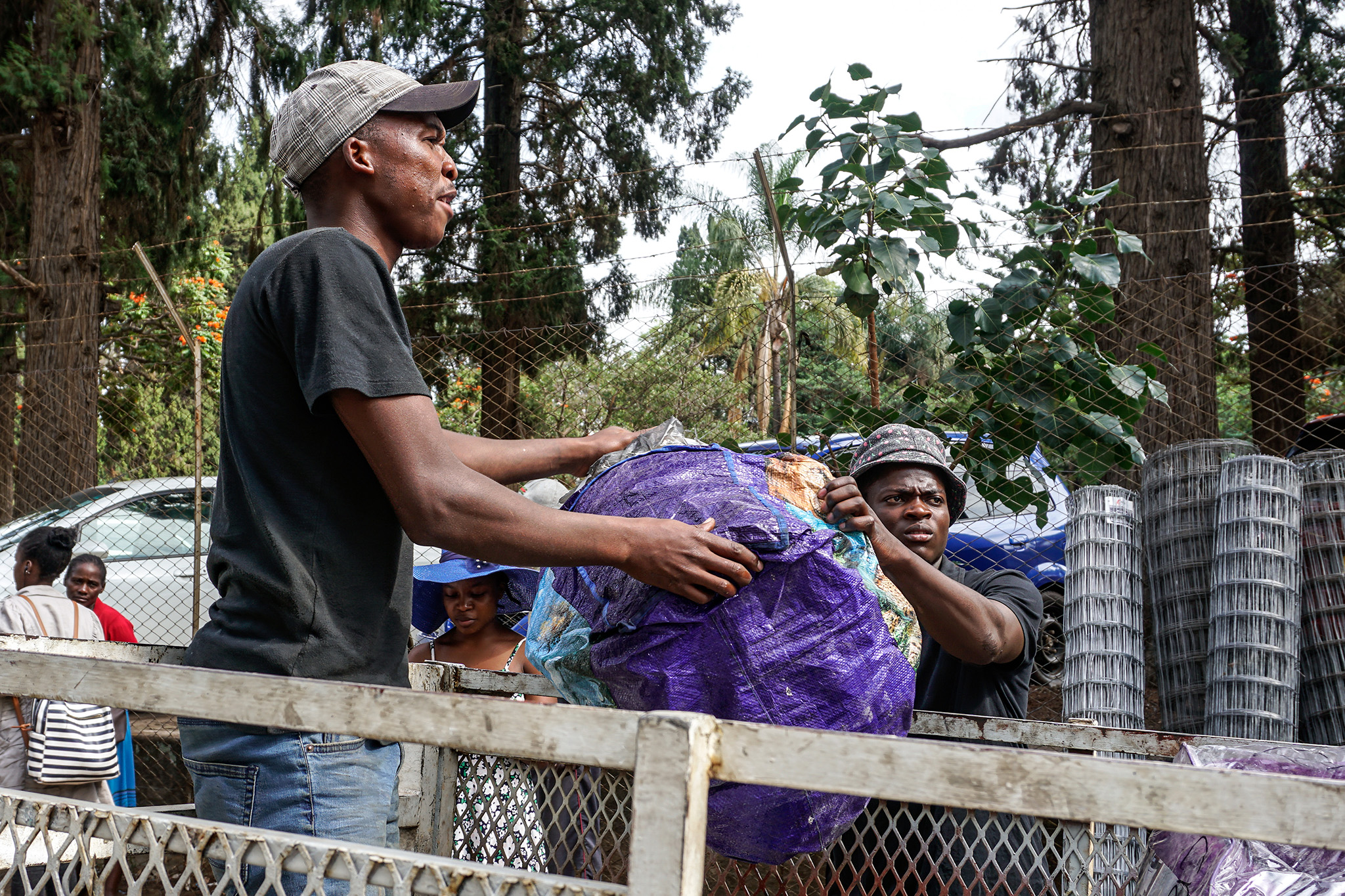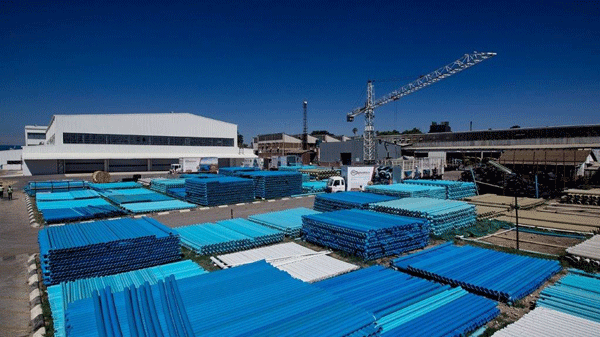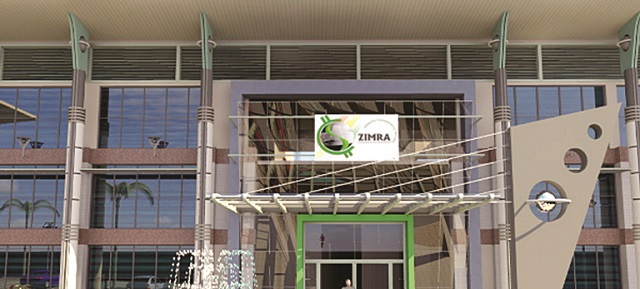NRZ switches to alternative power — solar energy
IN an effort to mitigate against unplanned electricity power cuts, the National Railways of Zimbabwe has resorted to the use of solar energy on its train yards with Heany junction in Umguza District being used as the pilot project.
The parastatal will then cascade the project to other sites around the country, according to the chief operations officer Mrs Ainah Dube-Kaguru, in an interview at the organisation’s ZITF stand yesterday.
She said the constant power cuts had a negative effect on their business operations as sometimes trains were delayed from departing, which left them at loggerheads with their clients.
Last year NRZ moved 2,42 million tonnes of cargo which is a performance rate of 80 percent against the targeted three million tonnes.
NRZ
At its peak in the 90s, NRZ moved over 14 million tonnes per year at a time when it had the capacity to move over 18 million tonnes.
“On matters of innovation, as NRZ, we have been so dependent on Zesa for powering our yard and our installations, so we have started to use solar in our yards as an alternative power source. We have started with Heany station, which is about 30km from Bulawayo and we will then see how we progress from there. A yard is where we have a number of railway lines where our trains arrive and depart from. There is a mainline that connects one city to the next and when trains depart, they depart from the station or yard,” said Mrs Dube-Kaguru.
In 2022, NRZ reported an increase in cases of theft and vandalism of its assets from 144 in 2021 to 154 with the value of stolen property shooting from US$237 573 in 2021 to US$216 207 last year. Vandalism cases reported an upsurge from 28 the previous year to 101 in 2022. While there were increases in theft and vandalism cases, the company saw that as a result of concerted efforts in beefing up its loss control department that resulted in increased surveillance and arrests as some cases were previously not recorded. The company invested in motorbikes and use of drones which saw its recovery rate of stolen property improving to 50 percent with 58 percent of the cases being quickly detected.
Vandals are targeting in-service infrastructural items from the parastatal like wagon couplers and vacuum pipes from derailment wagons left in section, fish plates, fish pins, wheels and coach components.
Mrs Dube-Kaguru said the solar infrastructure will be guarded 24 hours a day to prevent vandalism and theft.
“We need to protect it from vandalism and theft so we are doing it as a pilot project and from then we move to other areas.
We want them to be lit all the time because we do shunting operations, we will be breaking them and making them up and sometimes this is done at night and because of the load shedding, we had to think about an alternative energy source and that is solar,” she said. — chronicle










